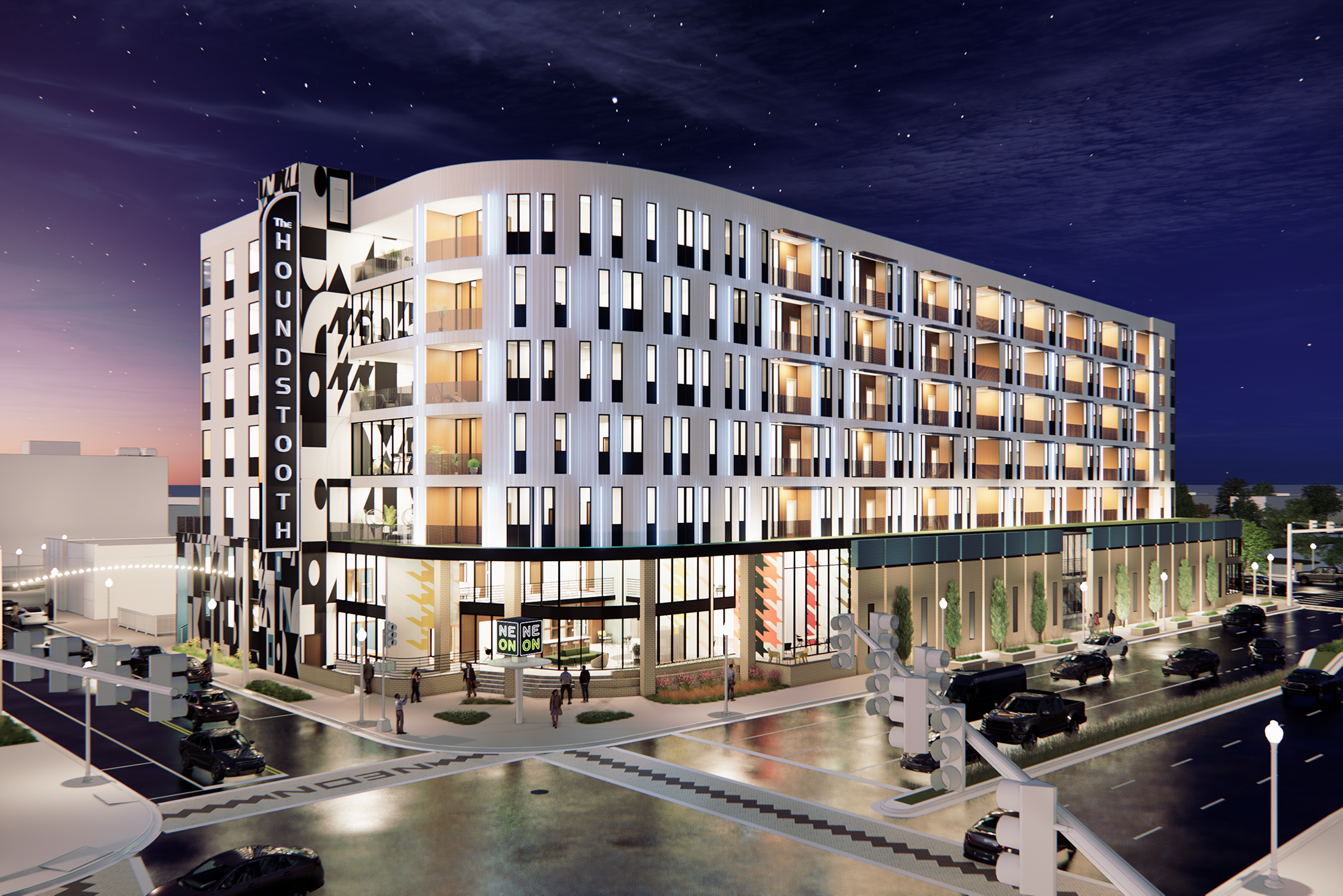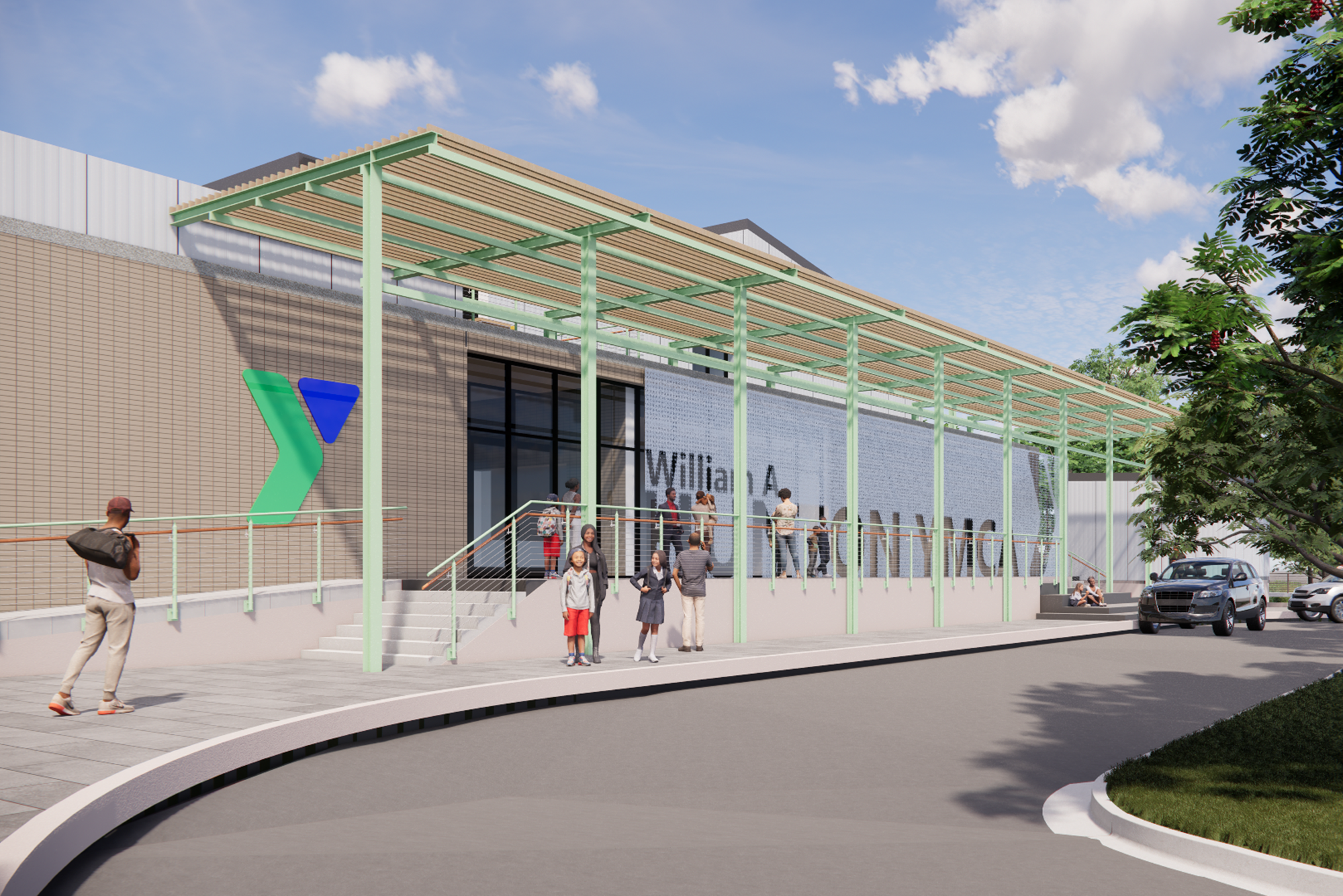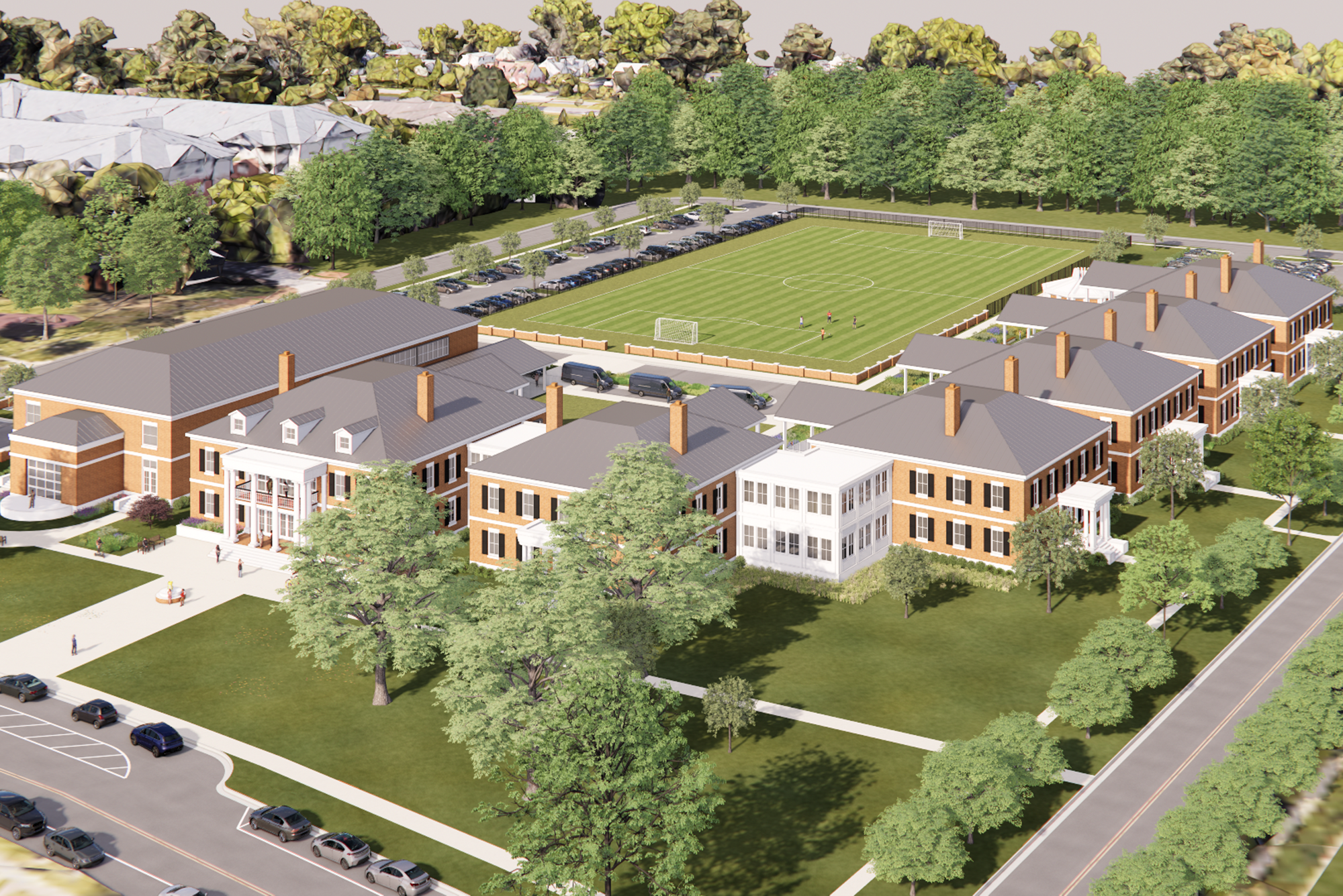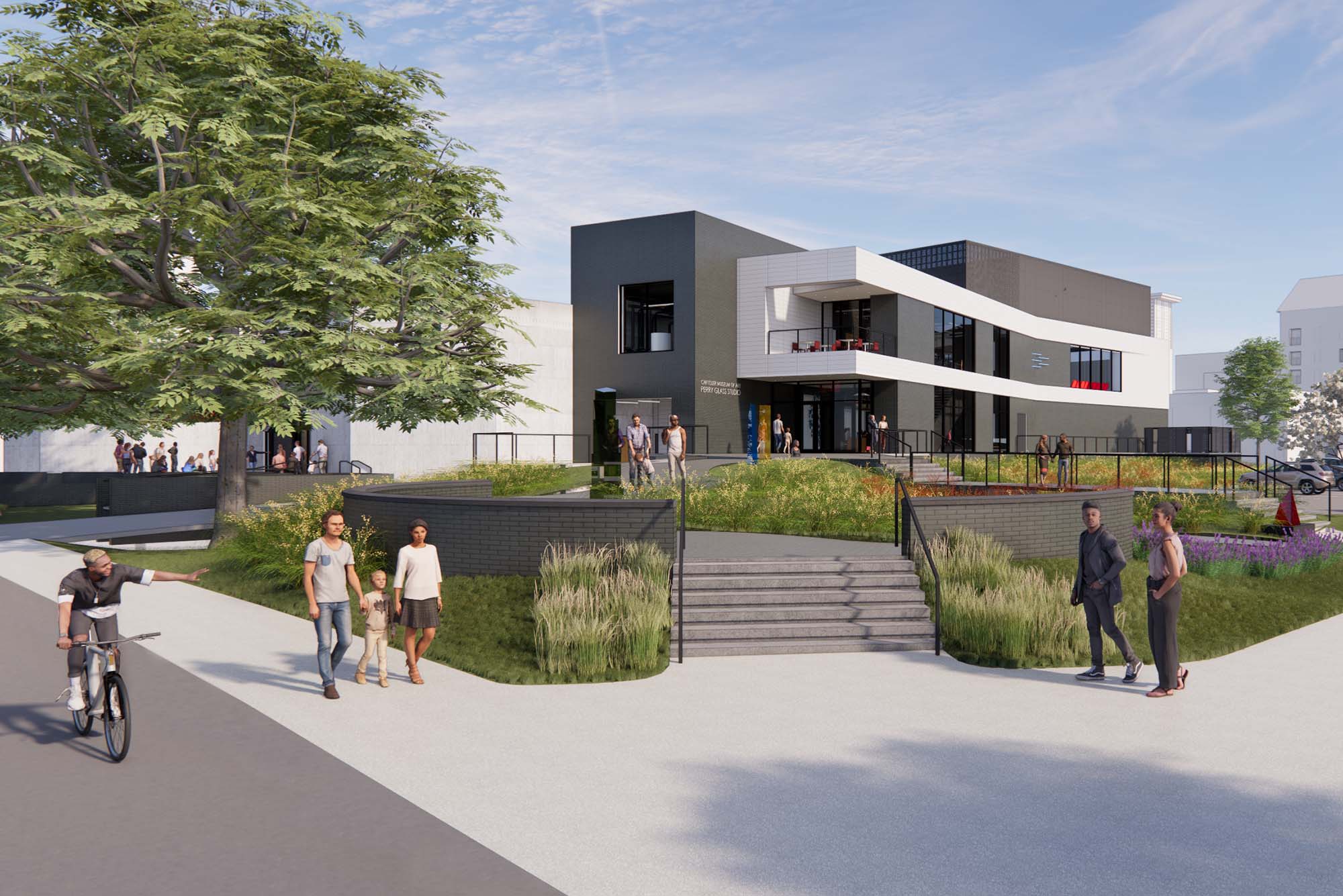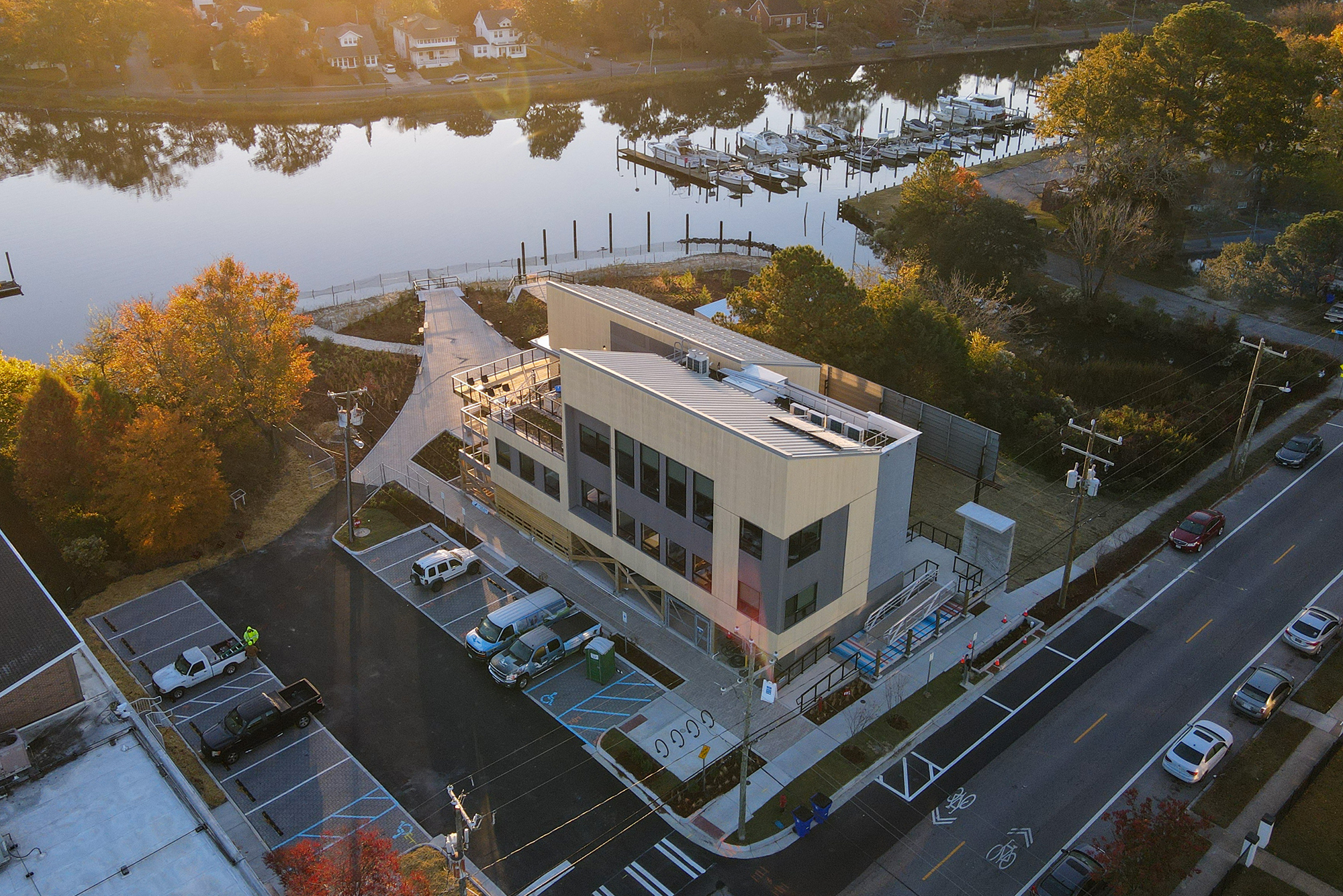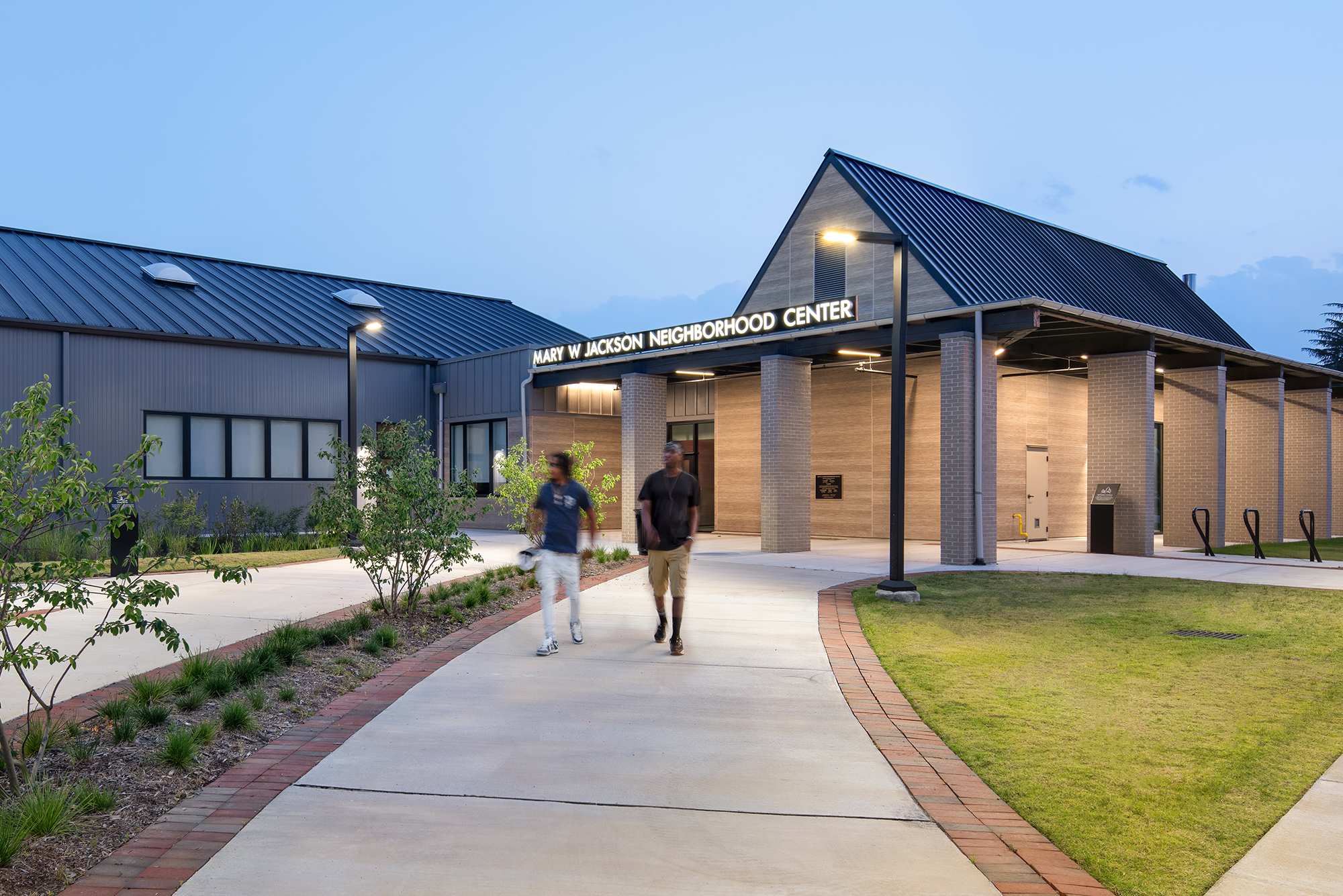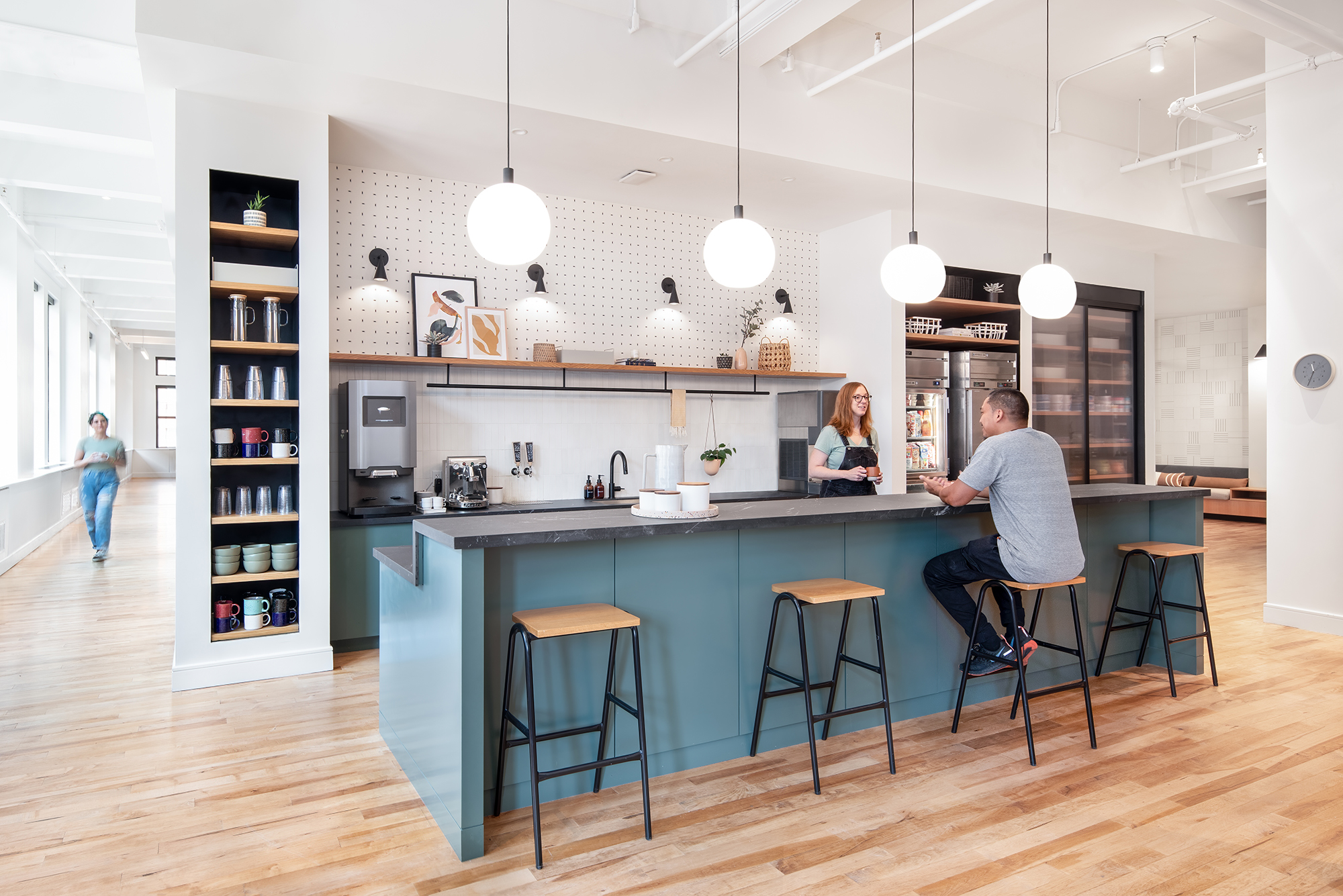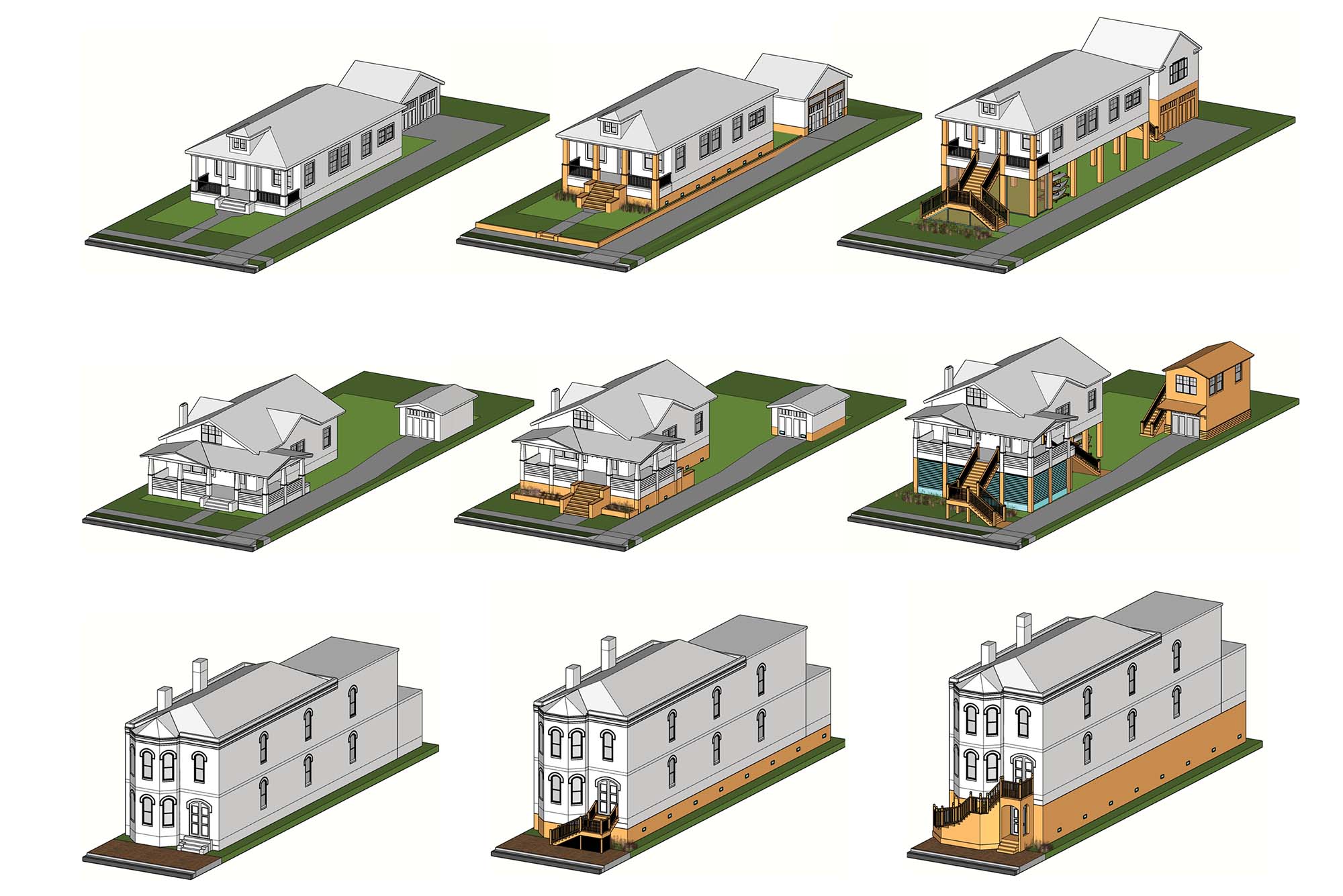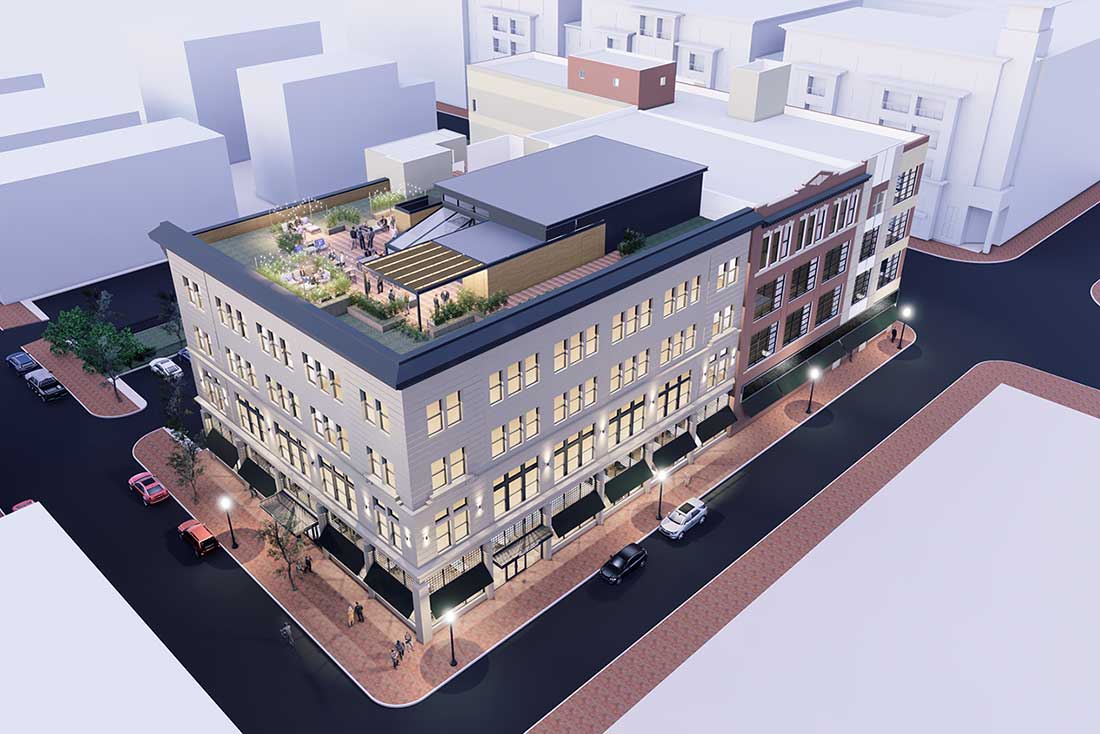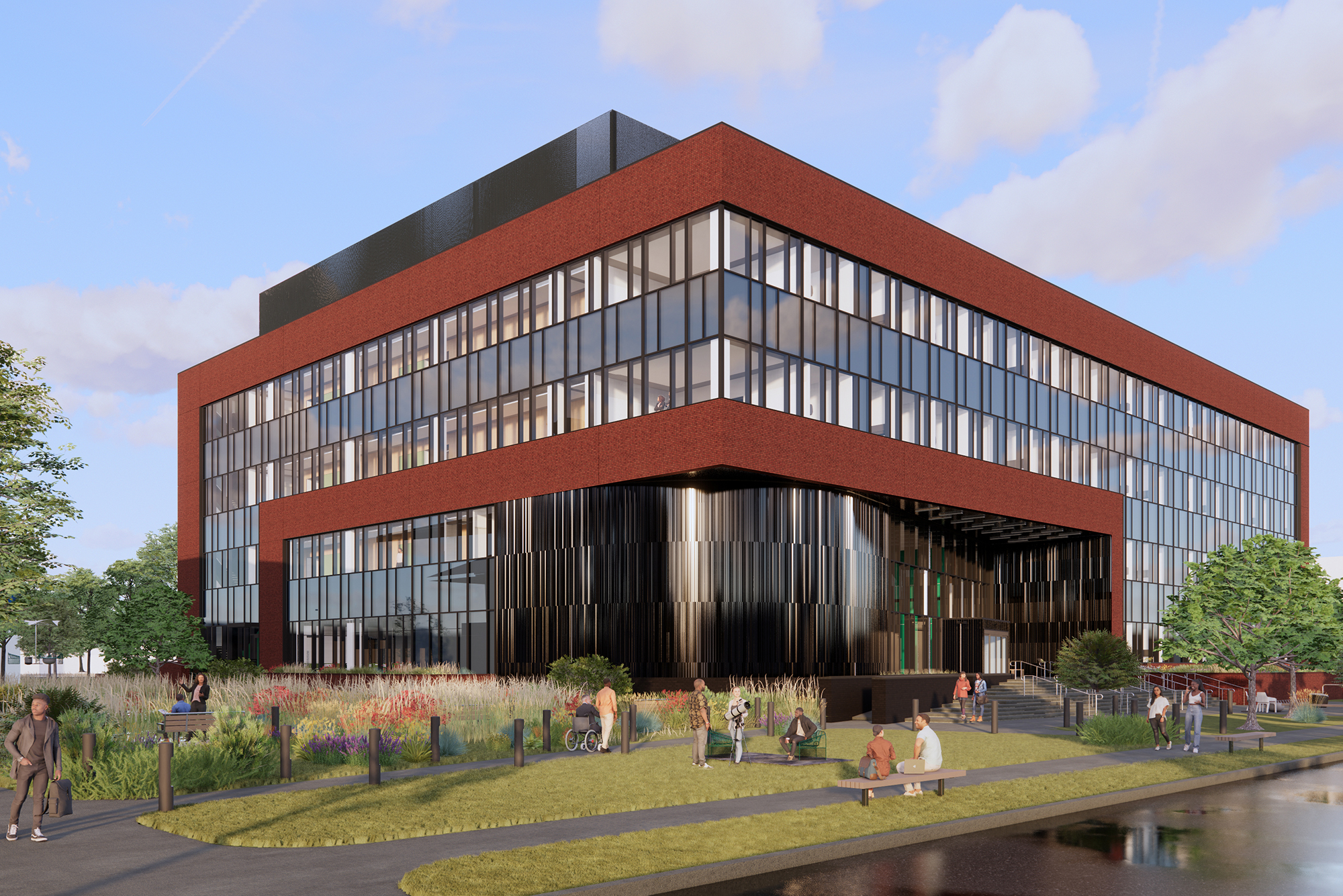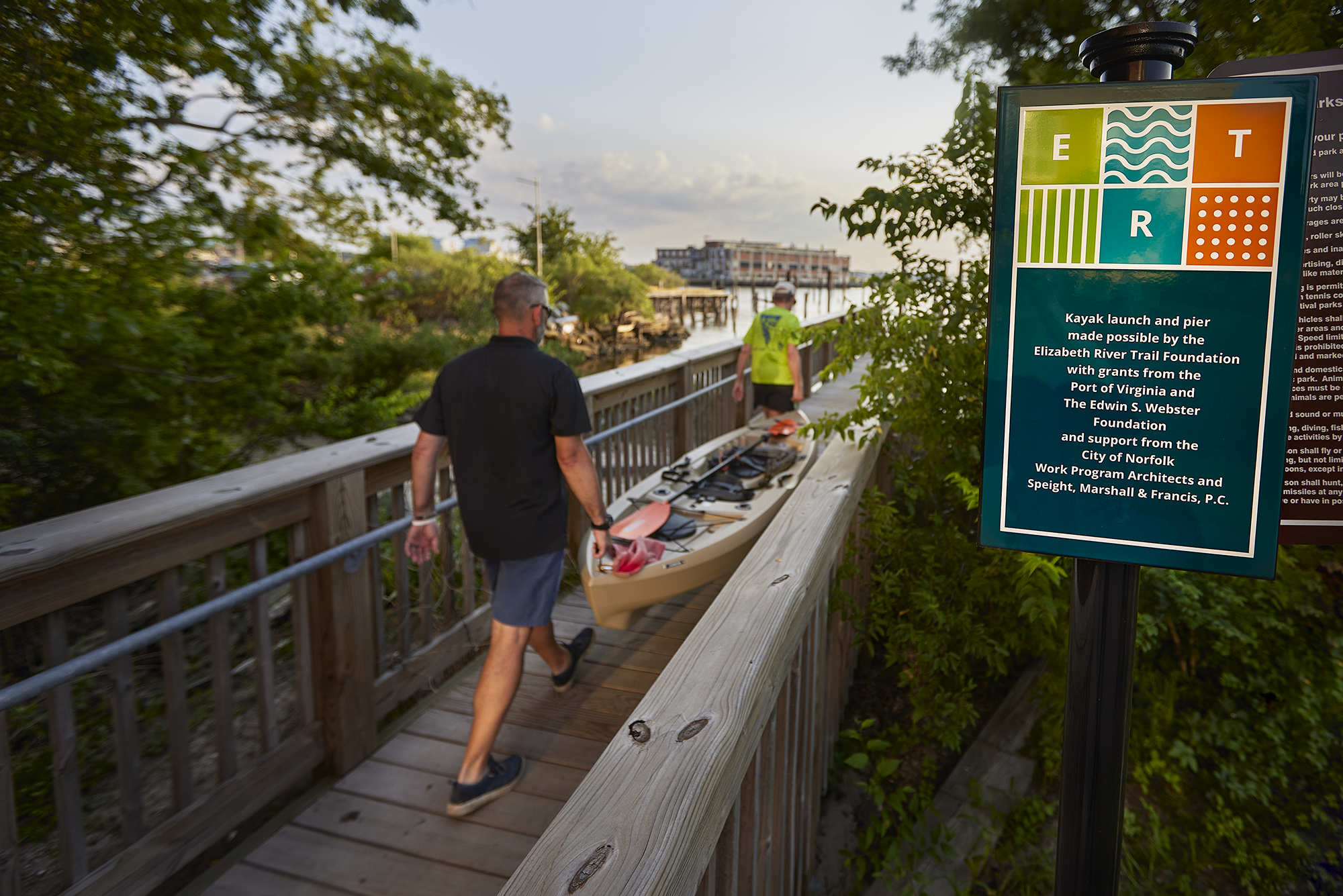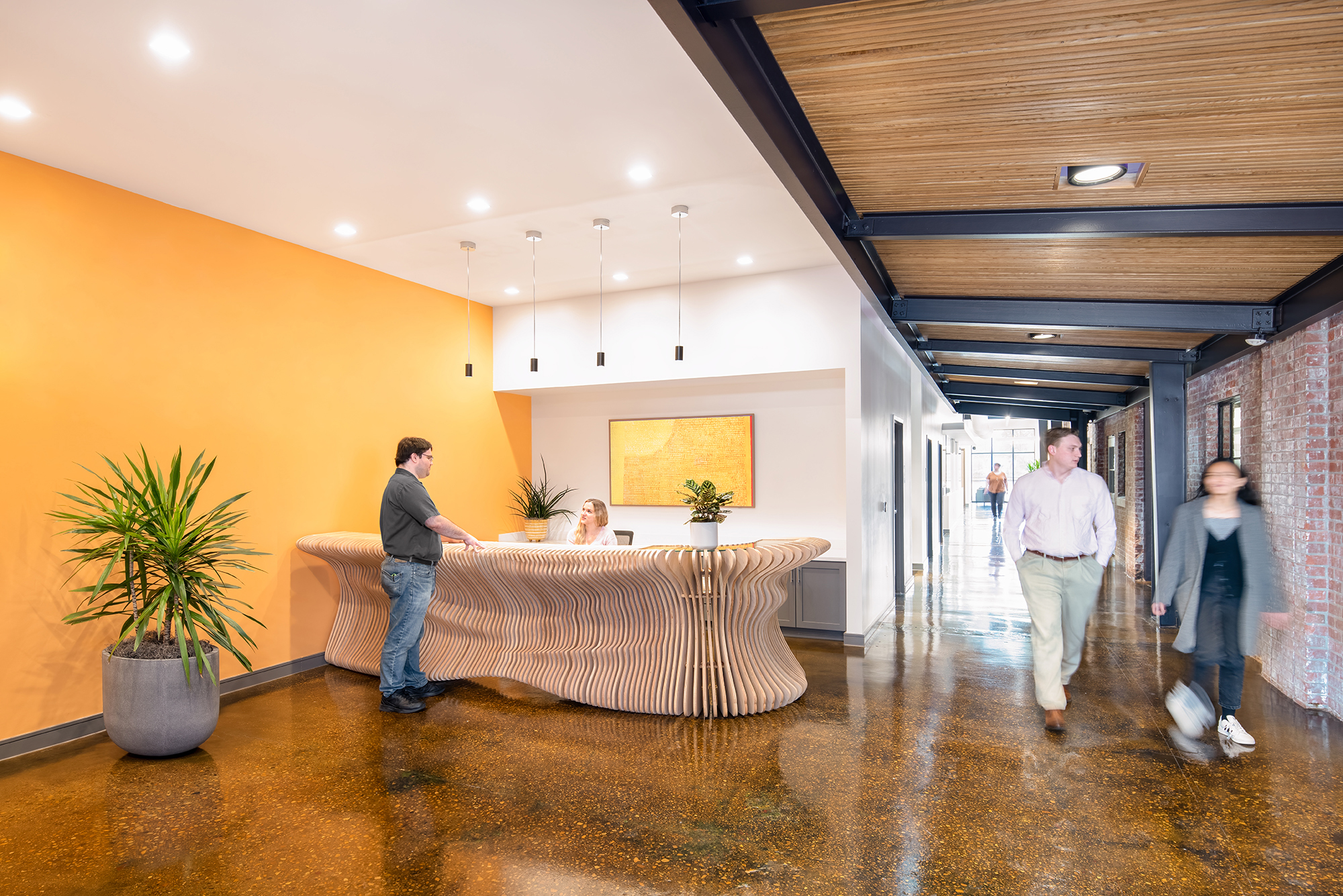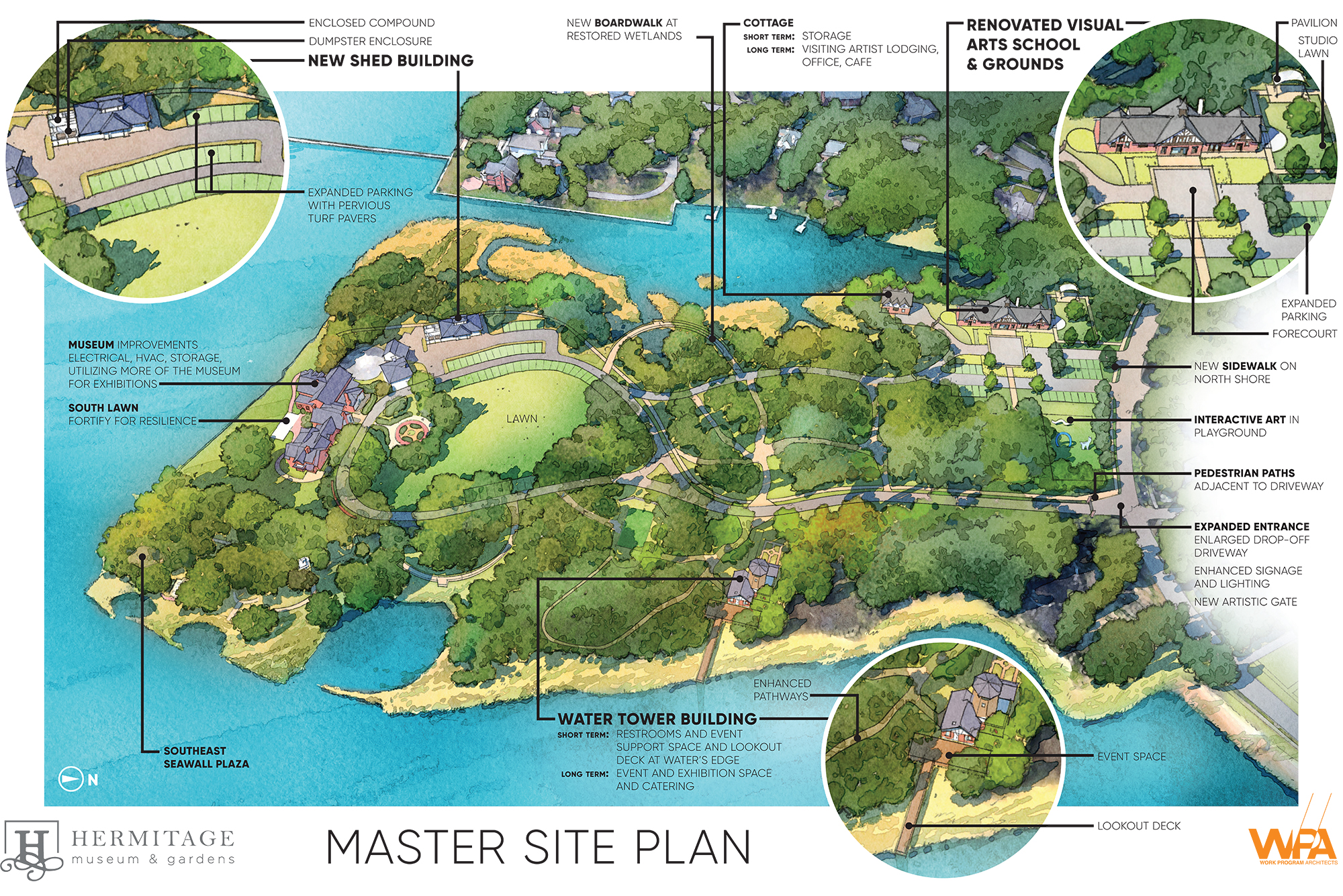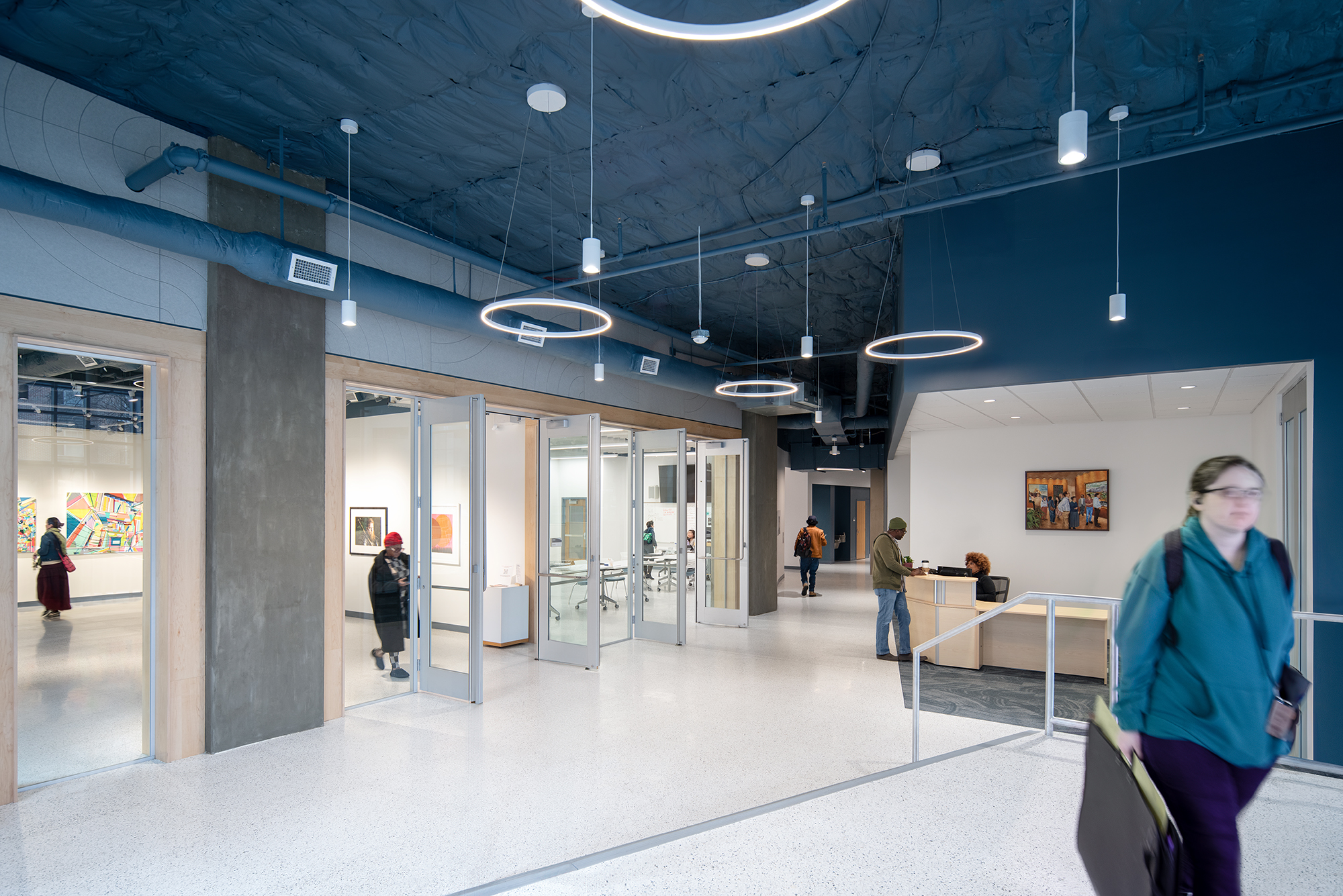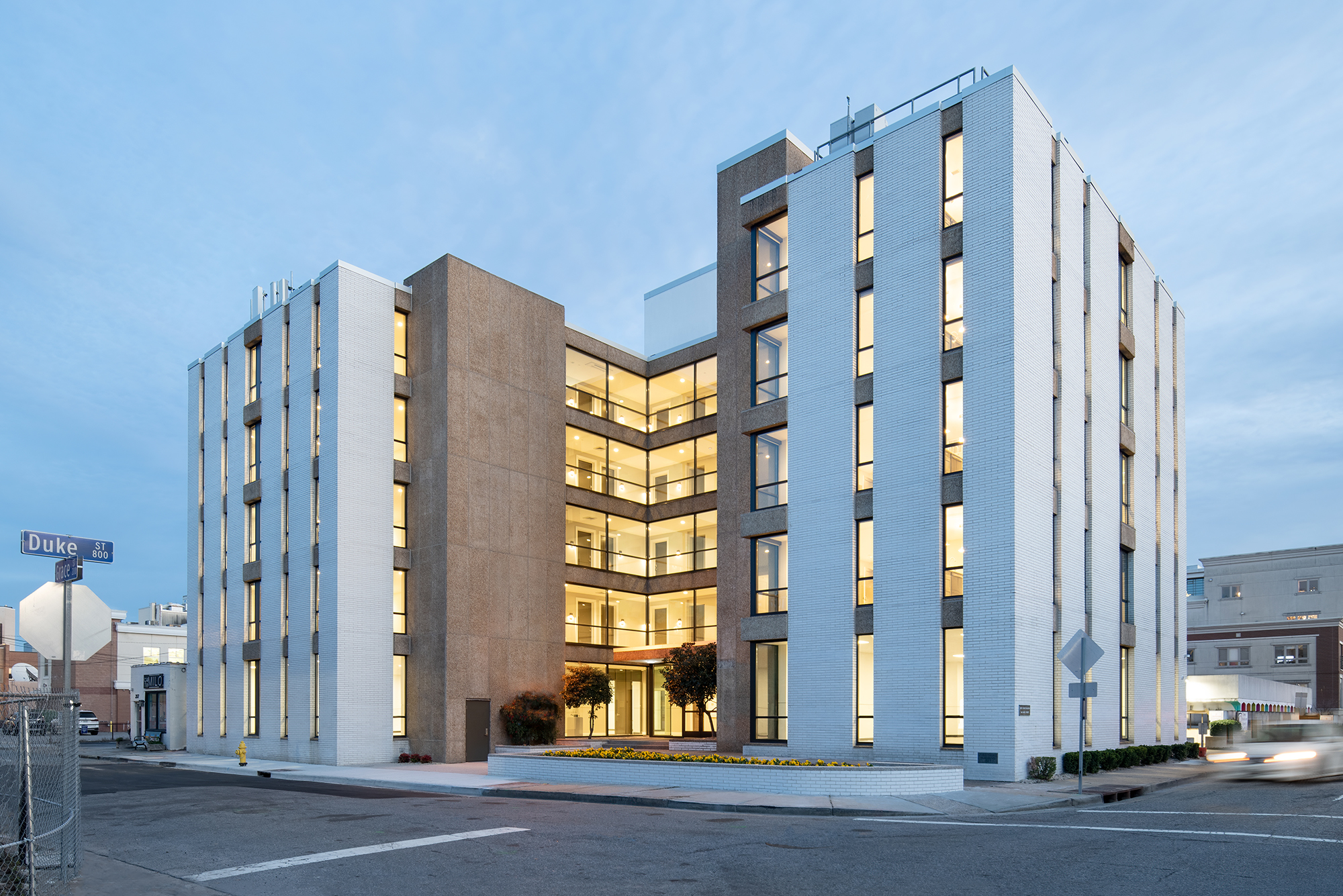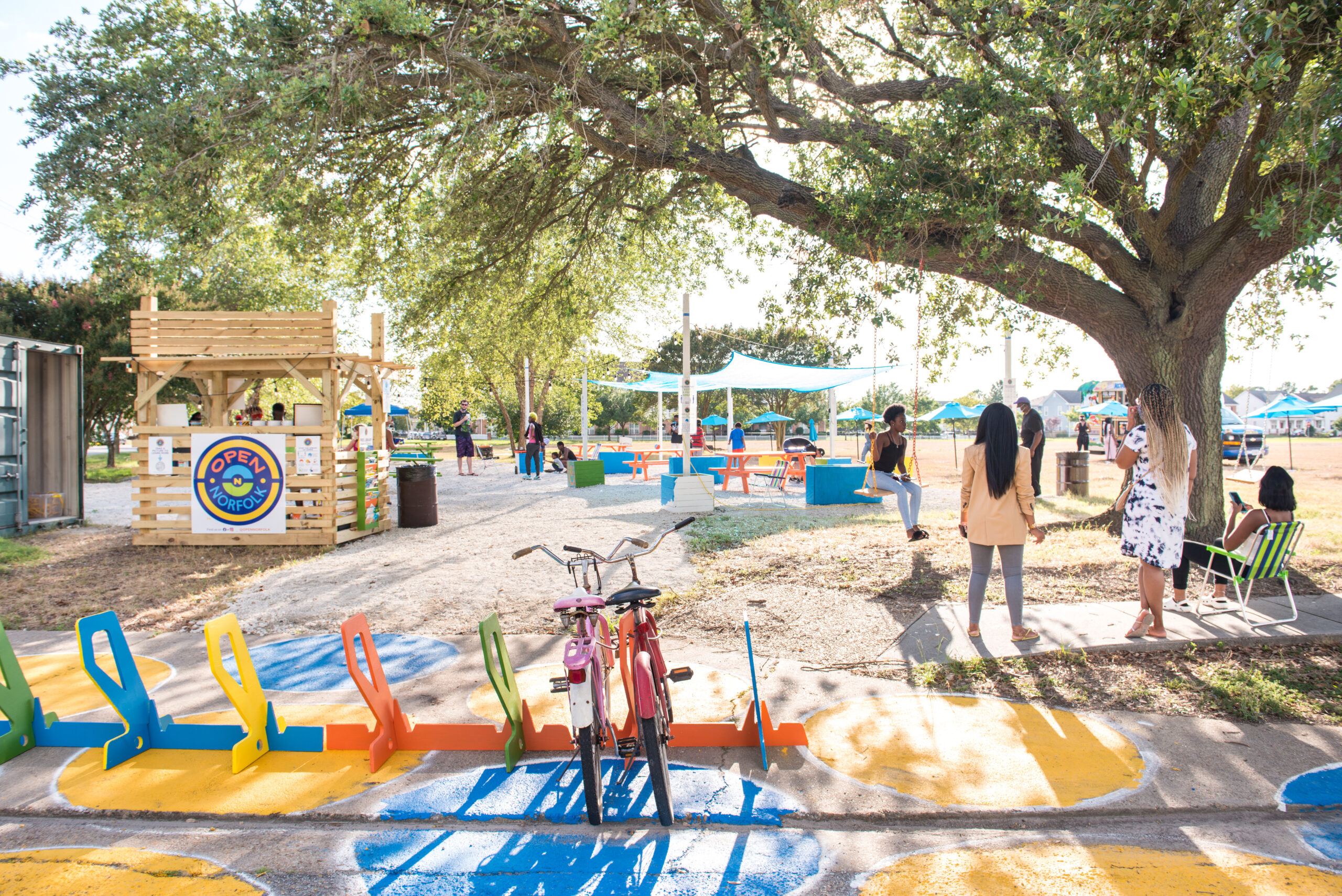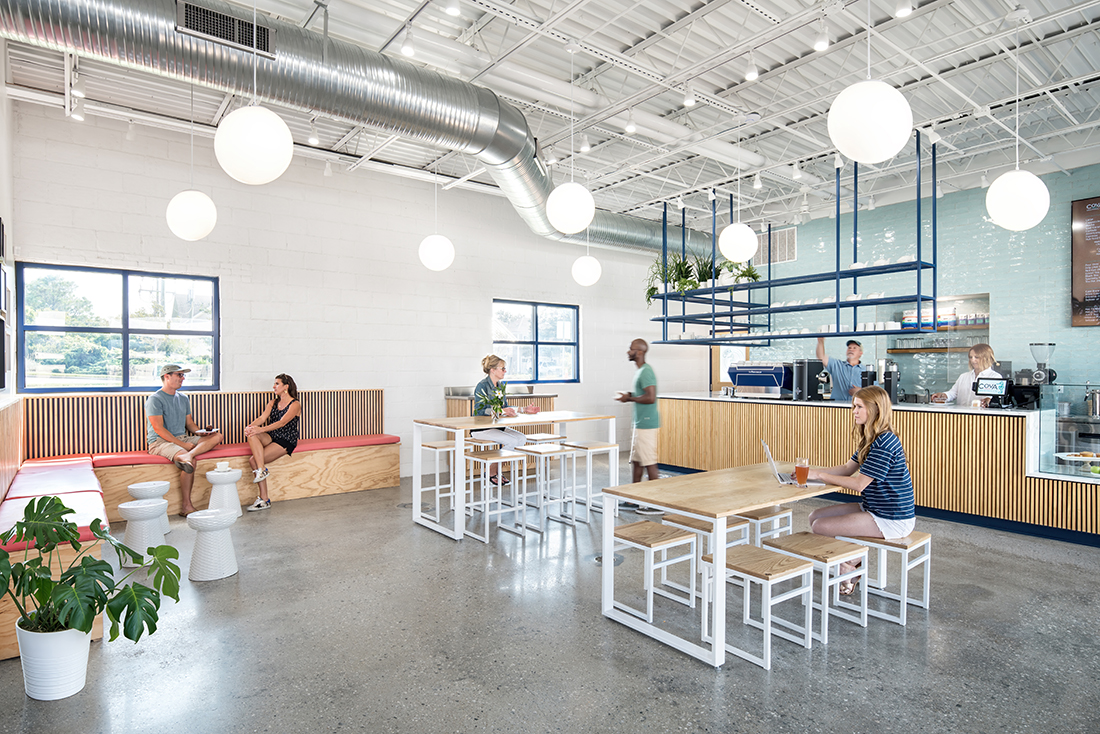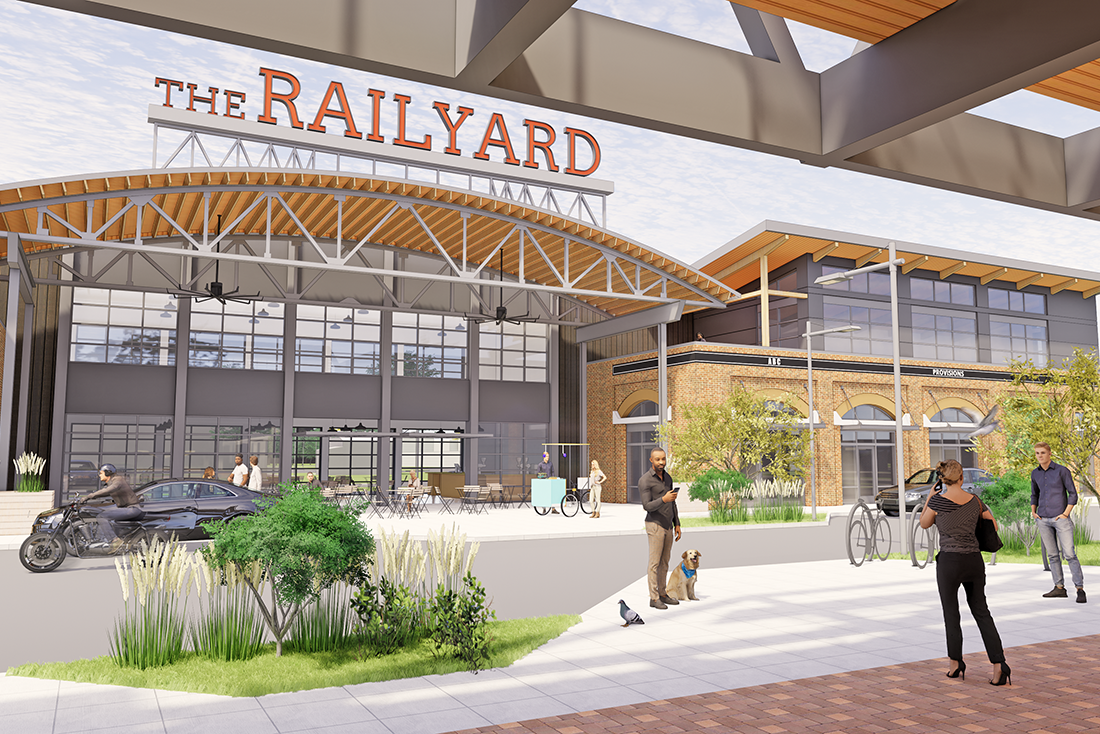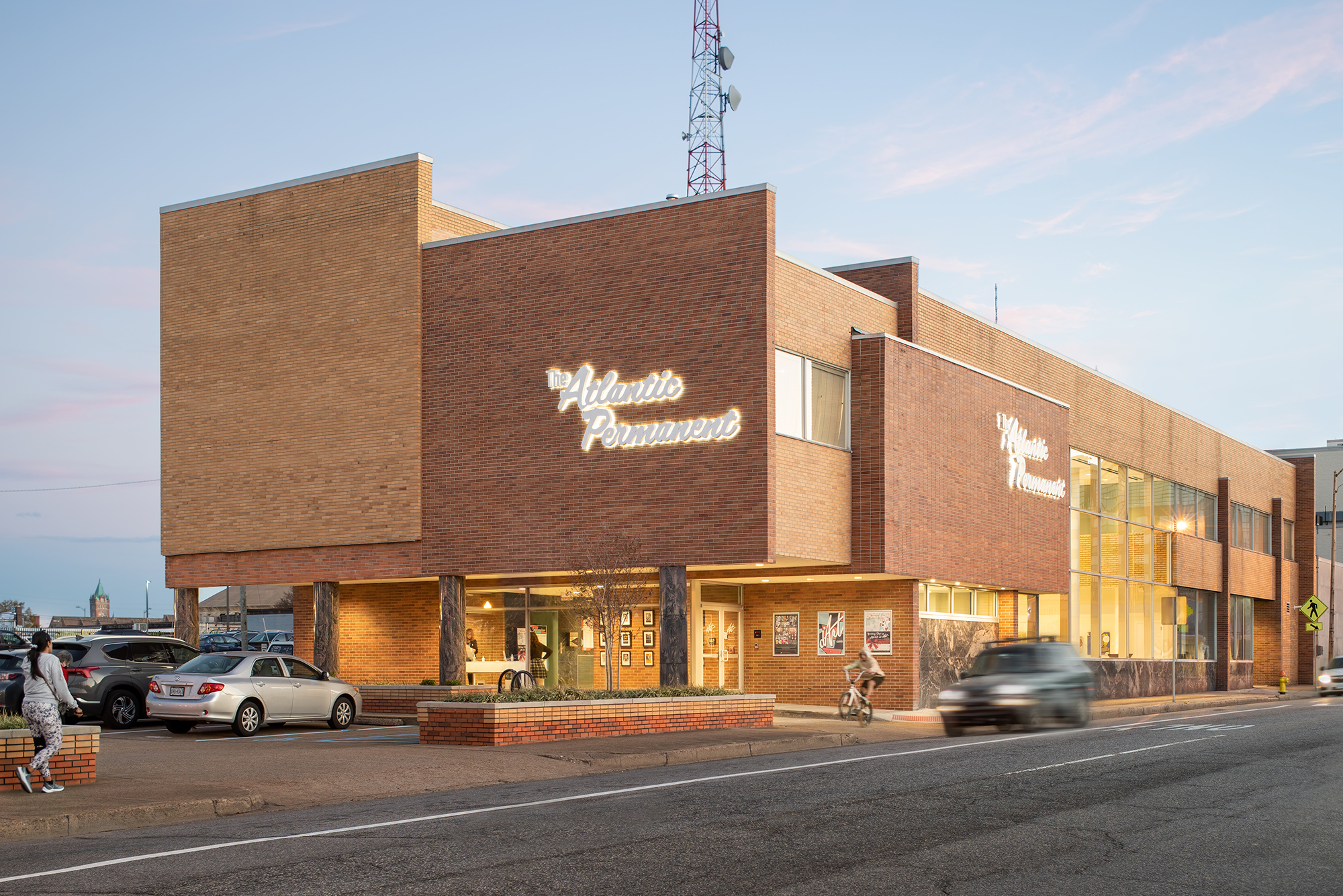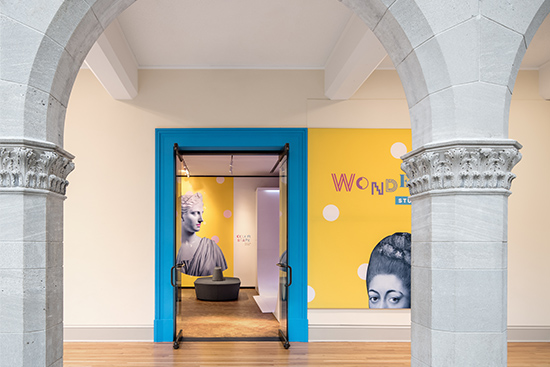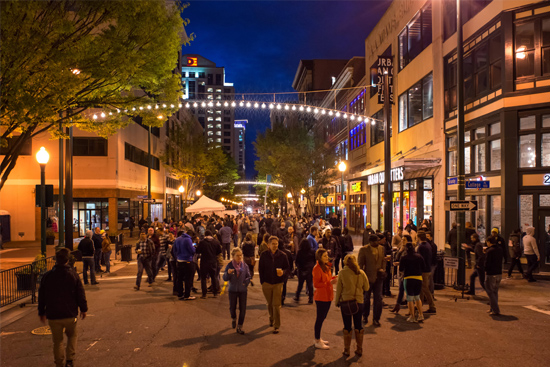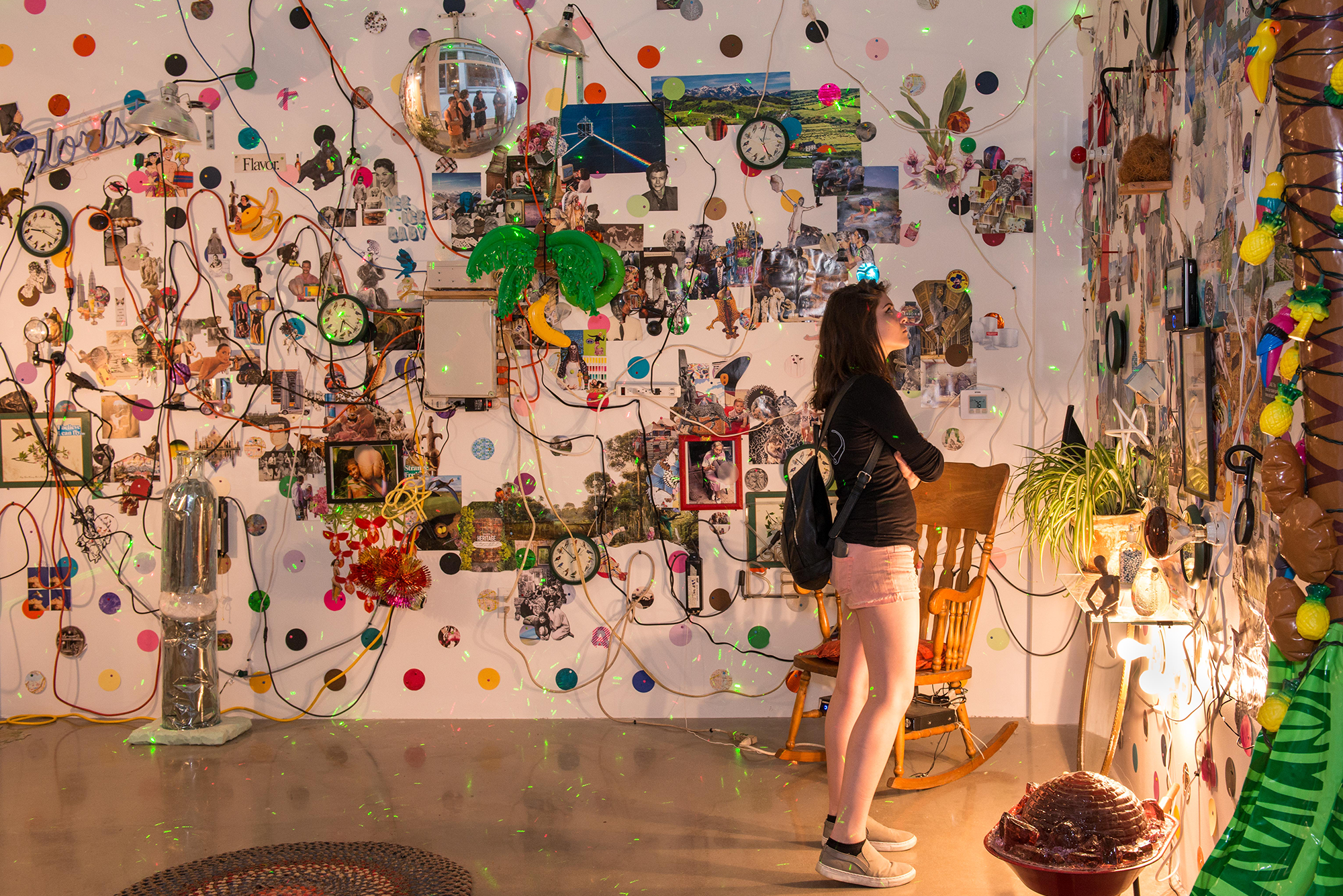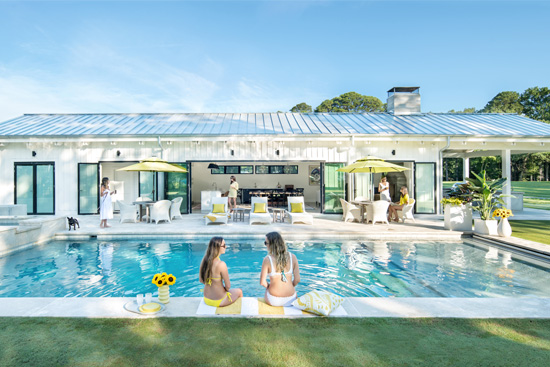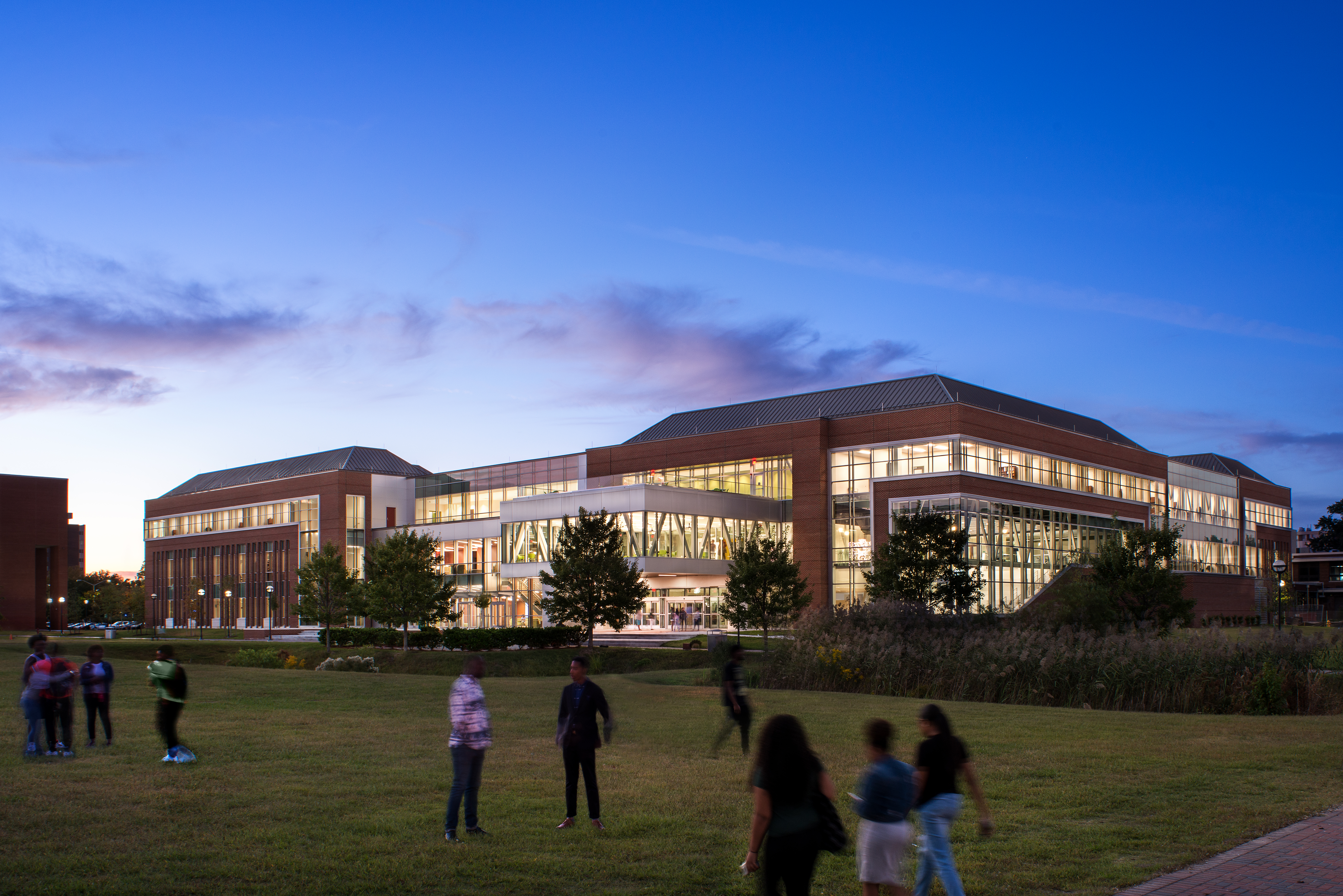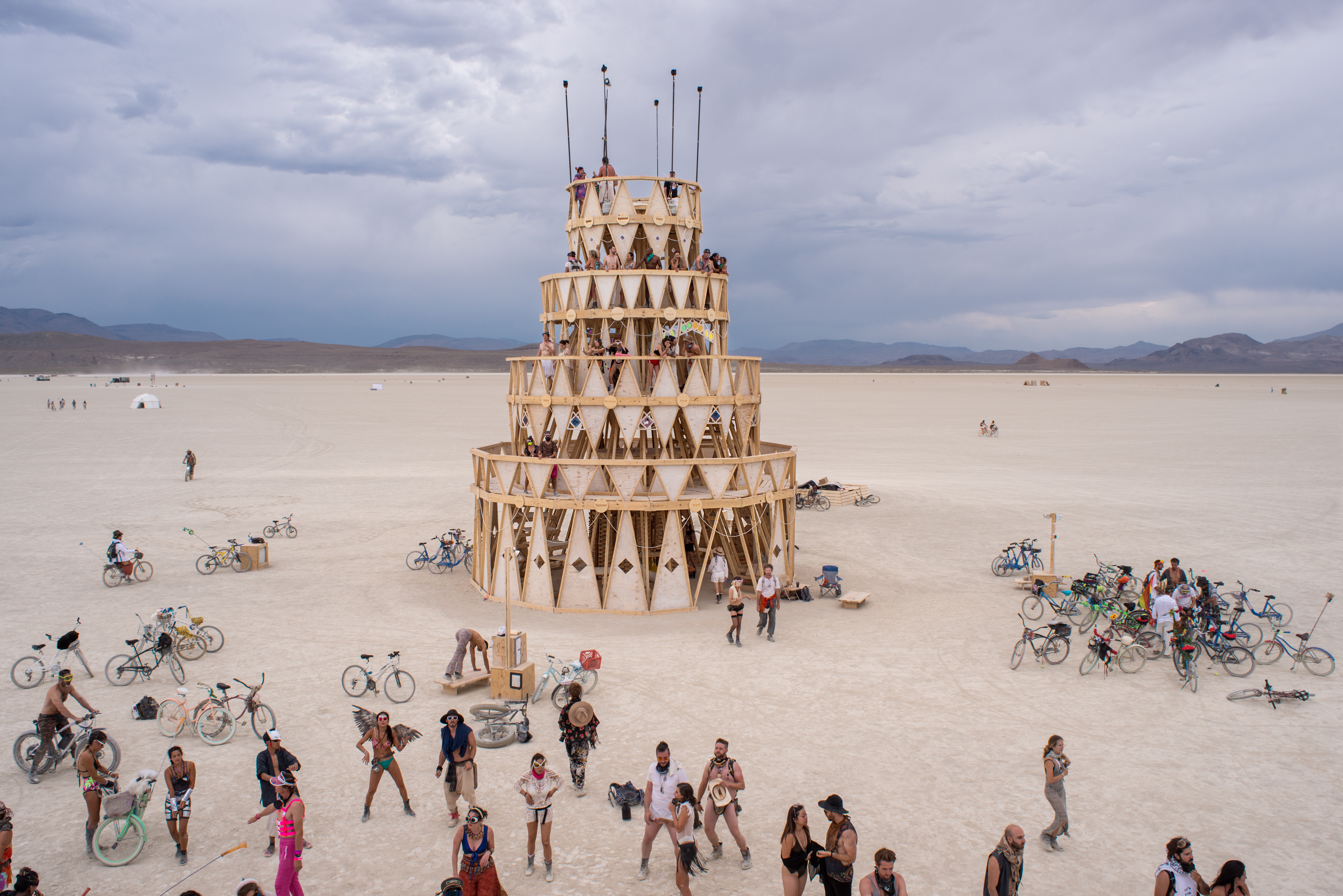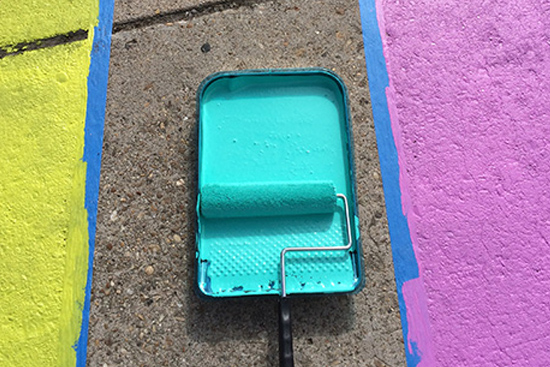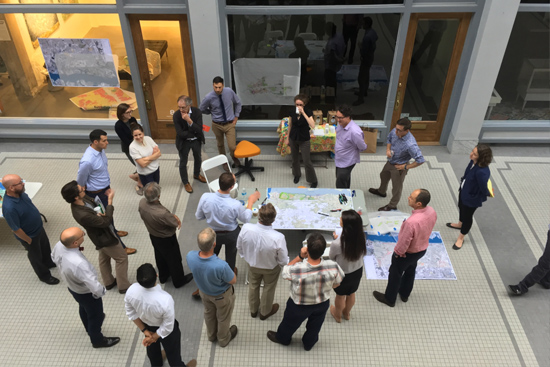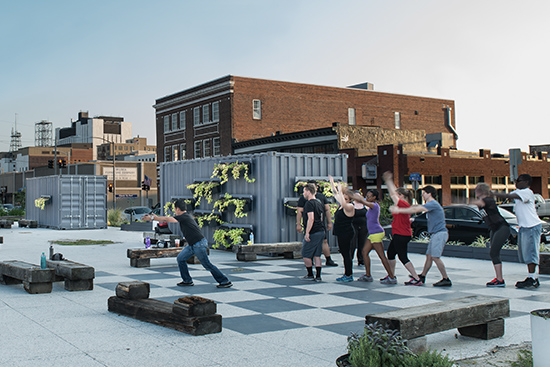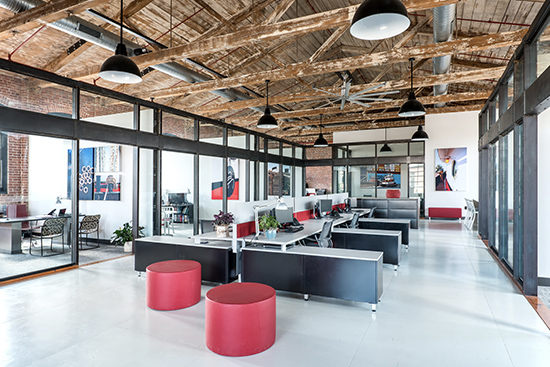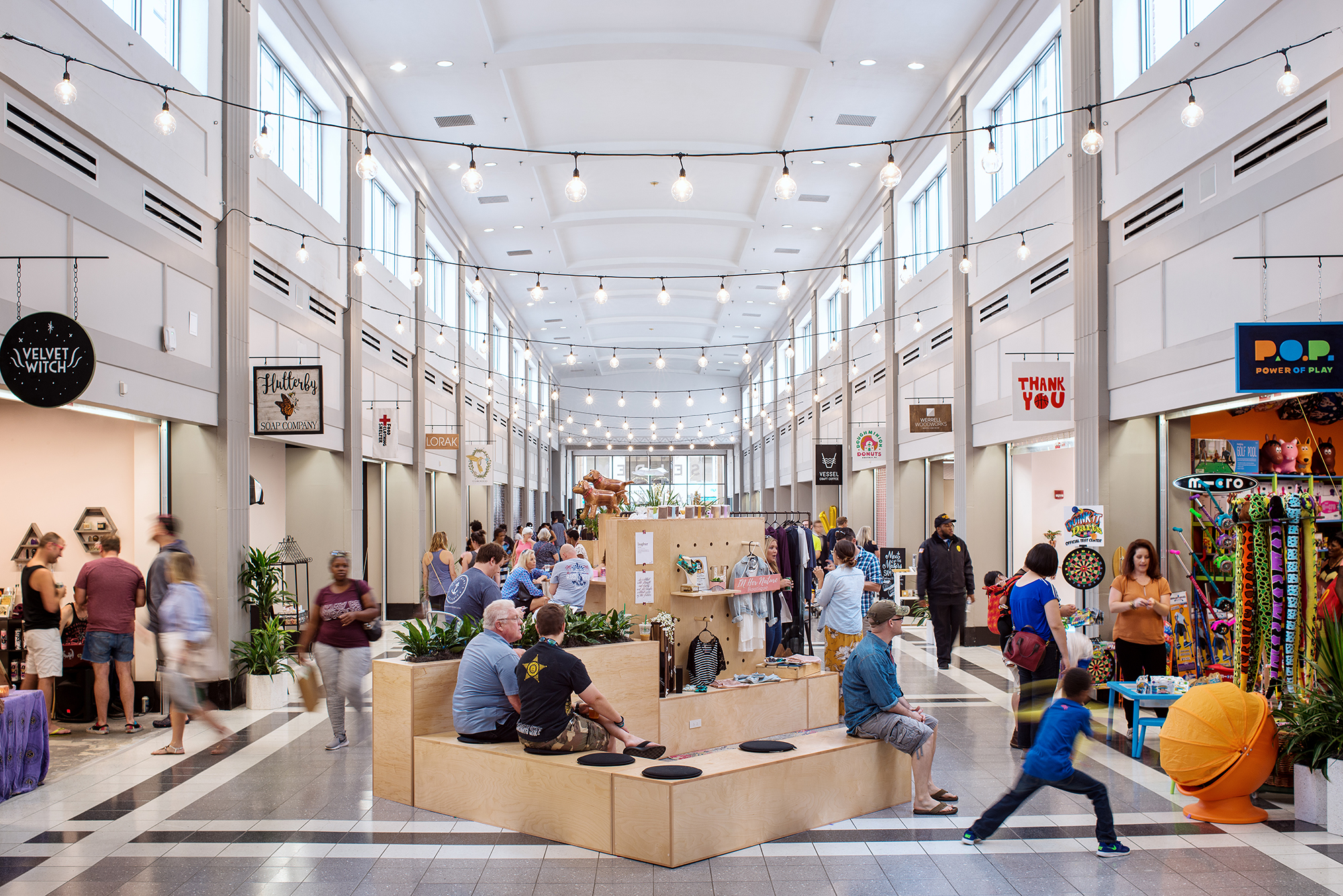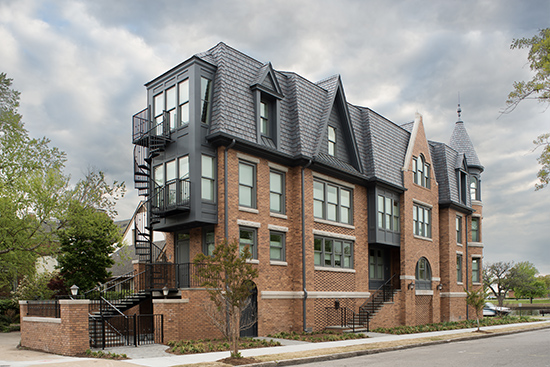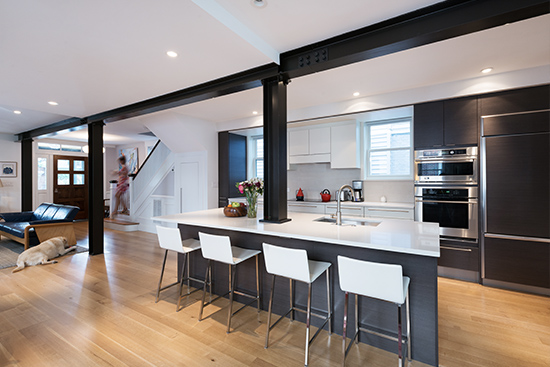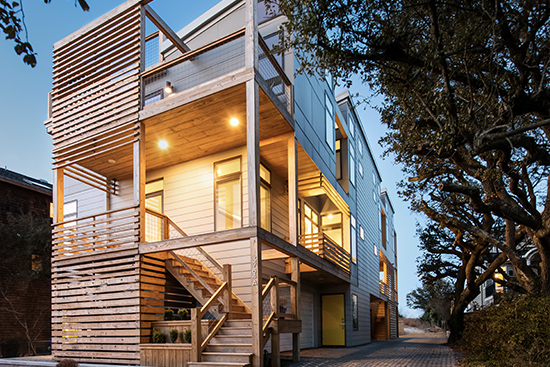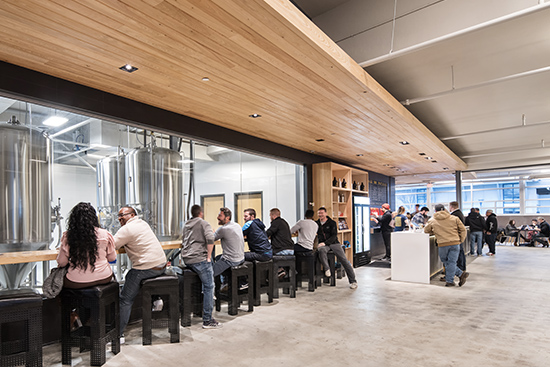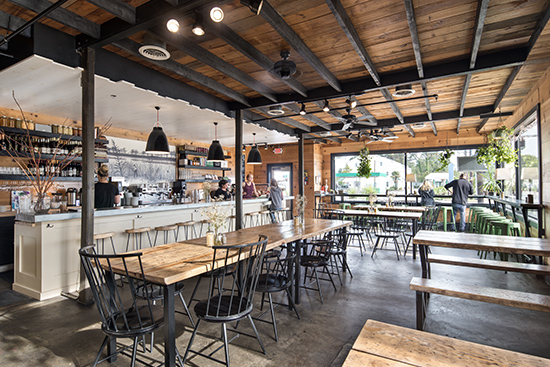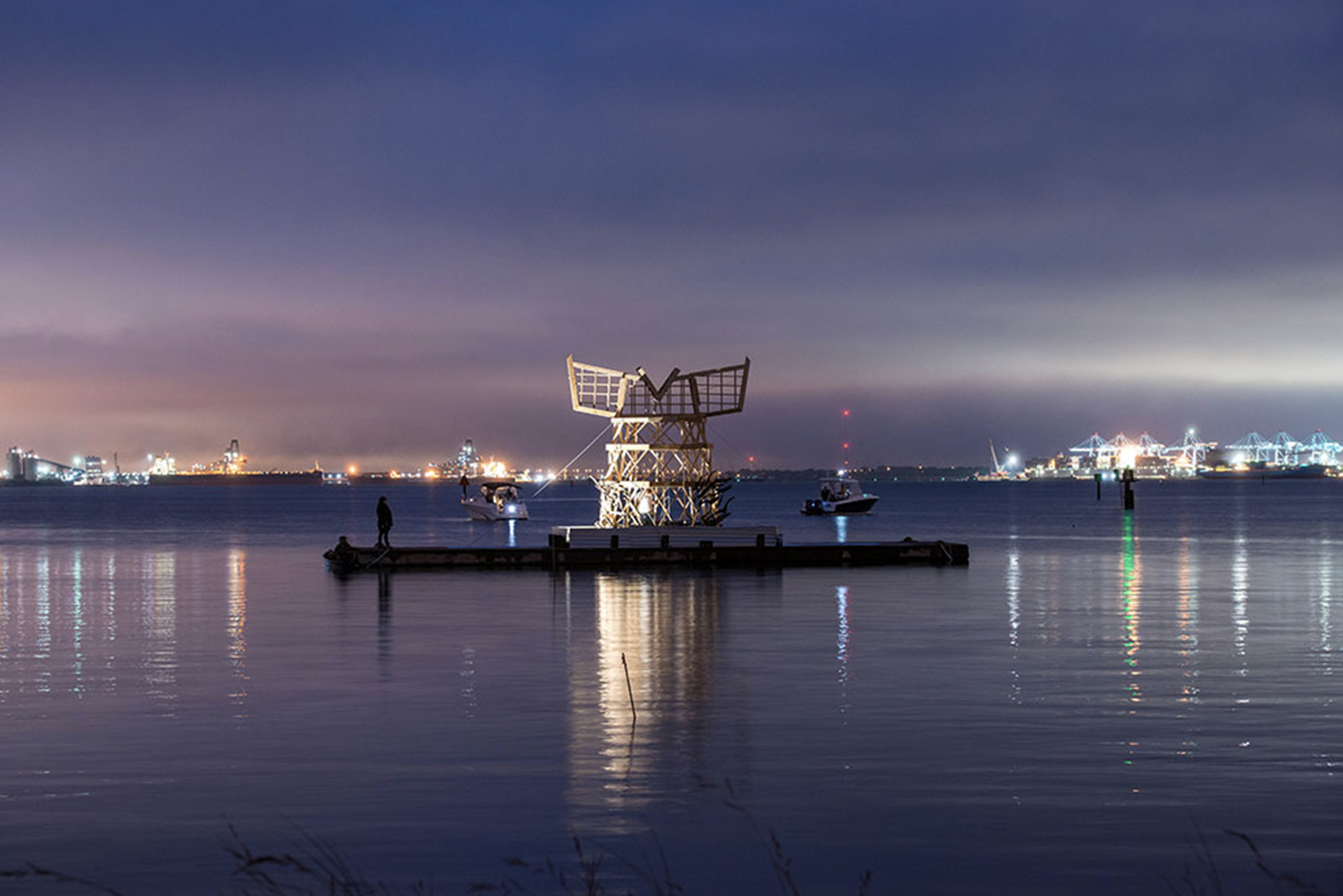Owner
Location
Size
Completion Date
PROJECT DESCRIPTION
It is suiting the Chrysler Museum selected an architect to design a space highlighting the architectural explorations of Thomas Jefferson. The highly charged exhibit examines Jefferson’s admiration of Andrea Palladio, a 16th century Italian architect, as well as classical Greek and Roman influences, to express ideals of a democratic society, and his own architectural explorations within the conflicting context of a young country reliant on enslaved people for construction and craftsmanship of treasured landmarks such as Monticello, the Virginia Capitol, and the University of Virginia.
Originated by the Museum’s curatorial staff, the exhibit features more than 120 art objects, architectural models, and books from revered institutions such as the Library of Congress, the National Gallery, the Carnegie Museum of Art, and the Palladio Museum in Vicenza, Italy. Special requirements to ensure the integrity of the historical objects and keeping them safe from moisture and gases were important to the design of the lighting, casework, and placement of the exhibit.
Occupying the entire Special Exhibitions Gallery adjacent to Huber Court, the team was challenged to accommodate the exhibit’s objects in appropriate context as the research and story evolved. WPA’s experience with space planning and technologies assisted staff decisions. A 3D model allowed staff to move within the space on-screen or in virtual reality and to study relationships of objects, including models of Palladio’s Villa Rotonda in Vicenza, and UVA’s Rotunda, on display in American for the first time, as well as sketches, engravings, paintings, and books. The exhibition space is grounded with four columns, symmetrical and temple-like. The team then considered how to “frame” special moments and studied circulation patterns to enhance the visitor experience.










